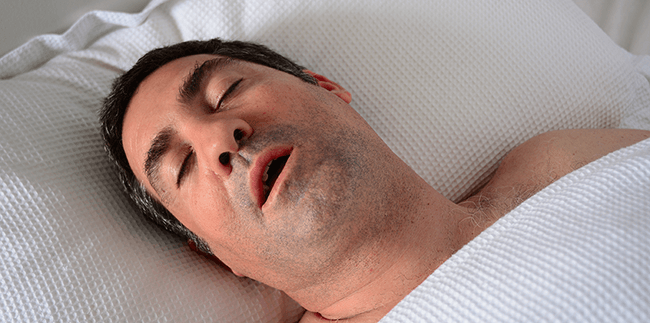Sleep is an important aspect of life – it is, indeed, vital to good mental and physical health and function. As individuals age, however, both quality and quantity of sleep decline, leading to fragmentation and increased respiratory events including apneas with hypoxemia. Poor sleep is often associated with reduced quality of life, and can contribute to obesity, hypertension, diabetes, glucose intolerance, metabolic syndrome and heart disease. Because sleep apnea is inherently tied to respiratory function, respiratory muscle training (RMT) was tested for its effect on sleep disorders. Let’s take a look at the results!
Key Findings
- During ageing, both quality and quantity of sleep decline, contributing to reduced quality of life, obesity, hypertension, diabetes, glucose intolerance, metabolic syndrome and heart disease.
- Obstructive sleep apnea (OSA) is characterized by fragmentation and increased respiratory events including apneas with hypoxemia.
- 8 weeks of respiratory muscle training (RMT) decreased number of awakenings, apnea and hypopnea, and desaturation on REM and NREM sleep in older persons with OSA.
Patient Impact
RMT effectively improves sleep quantity and quality and reduces apnea in people with OSA.
Study Methods
Sleep parameters included:
All of the above were assessed both before and after eight weeks of respiratory muscle training in older patients (aged 60 – 85) with sleep disorders and apnea. Results were compared to a low intensity IMT control group.
Study Methods
RMT significantly decreased number of awakenings, apnea and hypopnea, as well as desaturation of REM and NREM sleep.
RMT significantly improves sleep quantity and quality, with a severe reduction in apnea in older patients with sleep disorders.

0 Comments